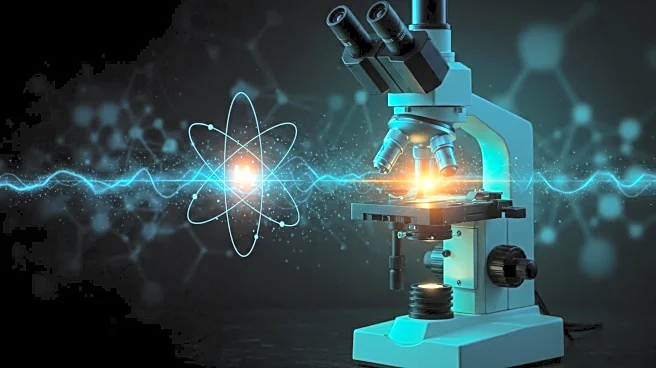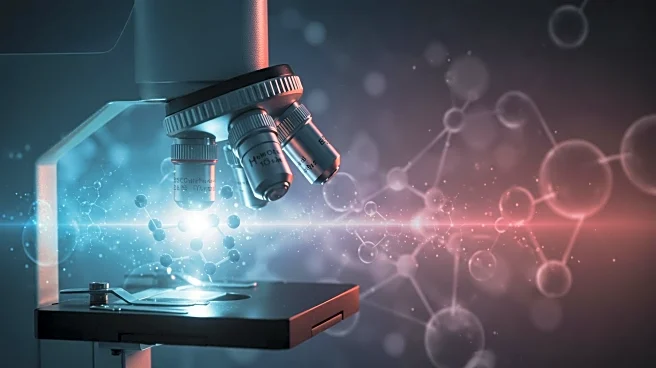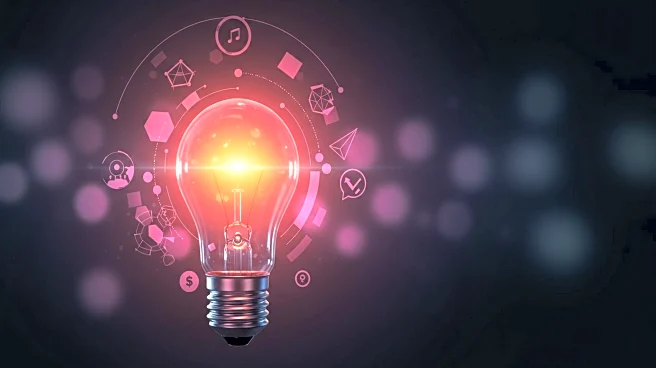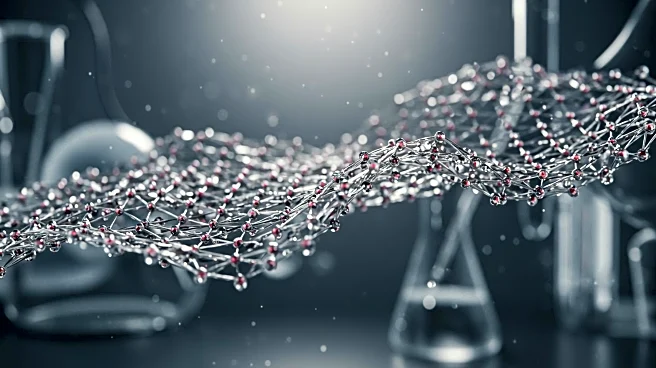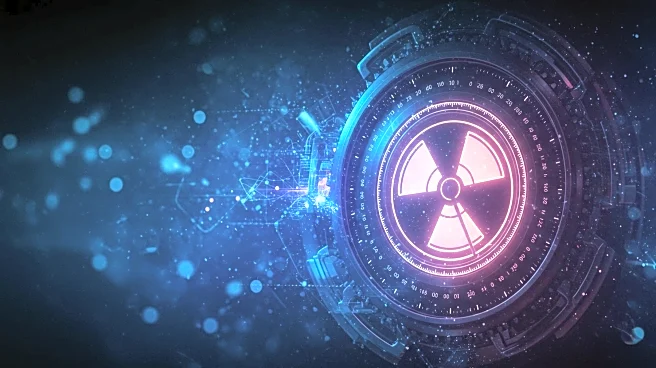What's Happening?
Researchers have developed a method using Tip-Enhanced Raman Spectroscopy (TERS) to improve the detection of hydrogen isotopes on solid surfaces. This technique merges Raman spectroscopy with scanning tunnelling microscopy (STM) to manipulate individual molecules and enhance the local electromagnetic field. The study, conducted by Shiotari and colleagues, focuses on detecting rotational and vibrational modes of single H2 and D2 molecules. The confined electromagnetic field within a sub-nanometre plasmonic gap, known as a picocavity, enhances Raman scattering, allowing for the direct detection of transitions typically inaccessible in weakly physisorbed systems. This advancement addresses challenges in atomic-scale characterization due to low adsorption energies and the need for cryogenic conditions.
Why It's Important?
The development of TERS for detecting hydrogen isotopes has significant implications for various fields, including hydrogen storage, heterogeneous catalysis, and spin isomer conversion. By improving the ability to characterize weakly physisorbed hydrogen, researchers can advance technologies related to energy storage and chemical reactions. This method could lead to more efficient hydrogen storage solutions, which are crucial for the development of clean energy technologies. Additionally, the enhanced detection capabilities may contribute to advancements in catalysis processes, potentially improving industrial applications and reducing environmental impact.
